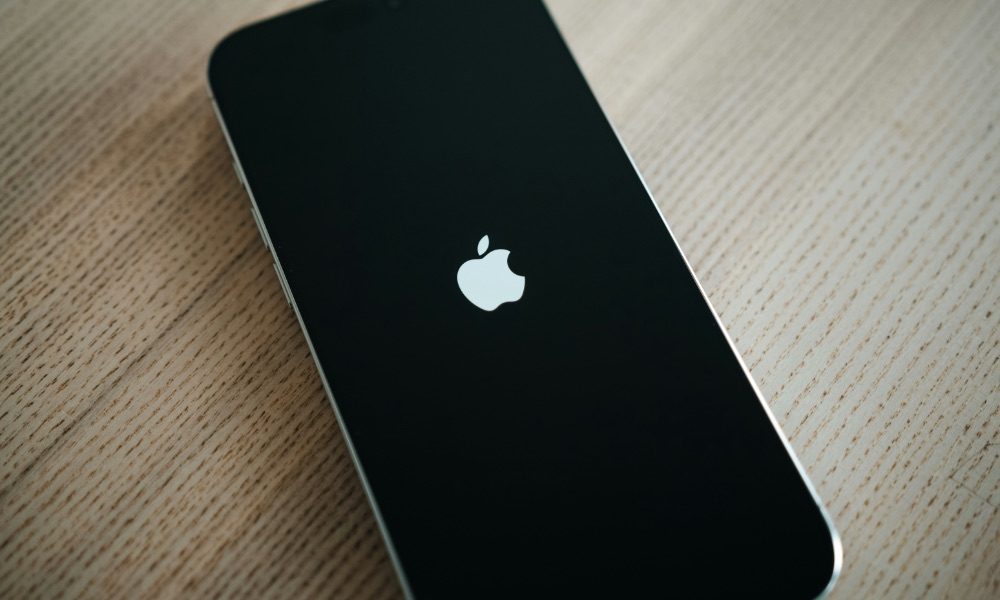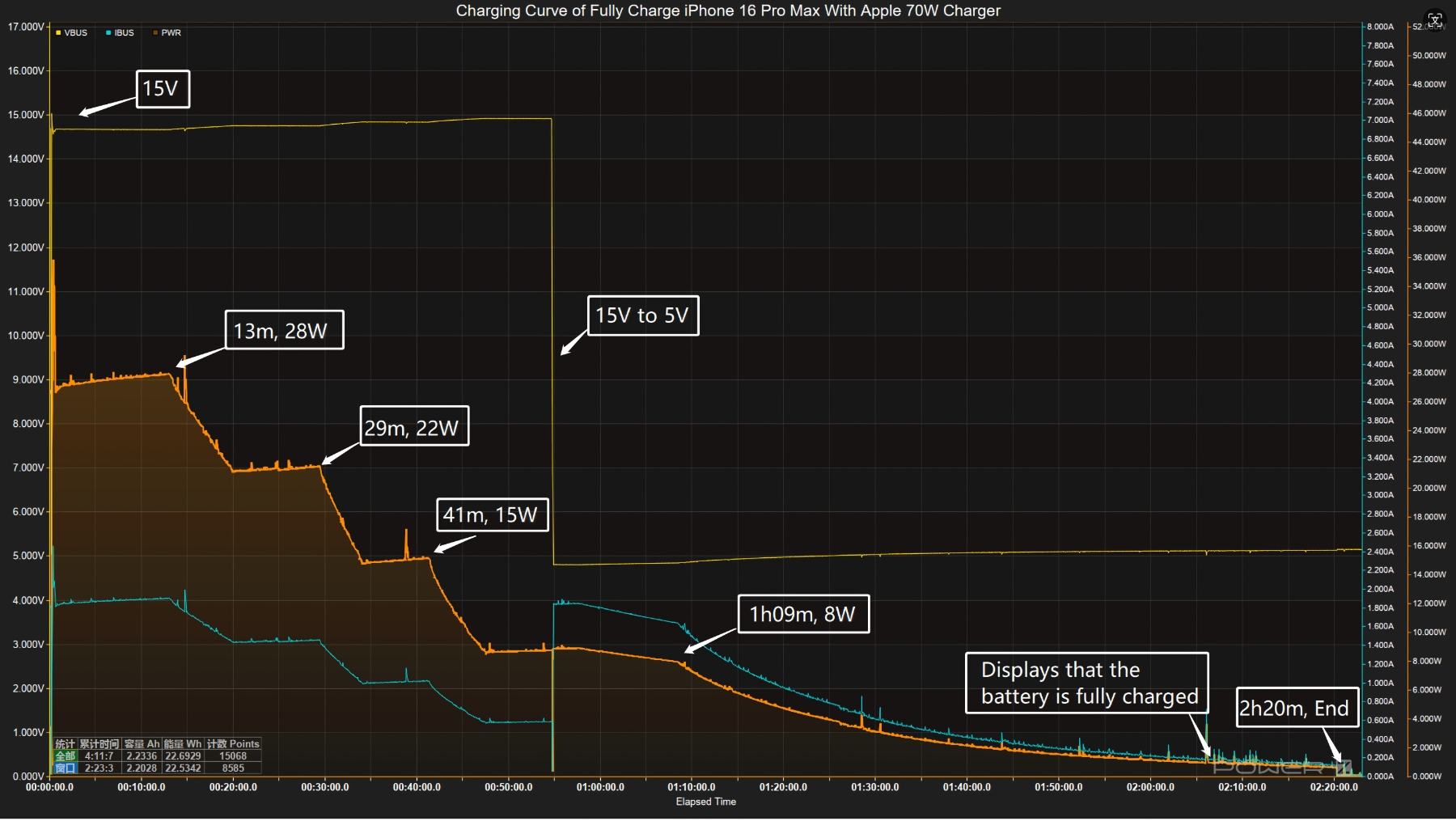Rumors of 45W iPhone 16 Charging Were (Mostly) Wrong
 Semeon Hrozian
Semeon Hrozian
Toggle Dark Mode
In the eleven-day limbo between Apple’s iPhone event and the release of the iPhone 16 last month, reports surfaced that suggested at least some iPhone models would support faster 45W charging. Sadly, those turned out to be less accurate than we’d hoped.
The original 45W report was based on certification documents from the China Quality Certification Center shared on X by ShrimpApplePro. These showed all four iPhone 16 models tested at up to 15 volts and three amps, which equals 45 watts of power. A follow-up tweet by Ice Universe revealed that “reliable sources in the industry” had tested the new iPhone models with a maximum charging power of 39 watts.
It’s unclear where this “practical testing” was done, but while the good news is that the new iPhone 16 Pro Max charges faster than its predecessor, it doesn’t quite reach the heights these reports claimed.
The folks at ChargerLab have taken their usual deep dive into the charging performance of Apple’s largest and most expensive new iPhone. They found that throwing the right power adapter at it will deliver a 20% increase in charging speeds; however, it’s open to debate whether that’s enough of an increase to justify rushing out and buying a more powerful adapter.
Specifically, while the iPhone 15 Pro Max capped out at 27 watts under ideal conditions, the iPhone 16 Pro Max reaches 31 watts as long as it’s plugged into an adapter that can deliver at least 35 watts. Some of the most powerful adapters — 65W and higher — could charge the iPhone at just under 32 watts, while Apple’s 35-watt adapters provided around 30.6 watts.
While plugging the iPhone 16 Pro Max — or any iPhone — into a more powerful USB-C adapter isn’t a problem, the single-watt increase isn’t worth it unless you already have one lying around for your MacBook. However, even though a 35W adapter will deliver charging rates about 67% faster than Apple’s standard 20W adapter, you won’t see overall charging speeds increase nearly as dramatically when using a more powerful adapter.
That’s because fast charging only applies at the lower end of the scale. To preserve battery health, all iPhones (and most other electronics) ramp down charging power as their batteries fill up — typically around the 50% and 80% marks. By the time you’re topping off the last 20% of your iPhone battery, it’s sipping less than 10 watts of power, so it no longer matters how much energy your charger can put out.
This is why an iPhone takes around 30 minutes to hit 50%, then another 30 minutes to get to 80%, and then another hour or more to hit full capacity. ChargerLab explains its results in testing the iPhone 16 Pro Max with a 70W charger:
The voltage is around 15V at first, and the charging curve can be divided into five parts. In the first part, the peak power stayed at 28W for the first 13 mins. Then, the power gradually drops to 22W, 15W, and 8W in turn. Meanwhile, the voltage dropped to 5V at 55 mins. The final part begins at one hour and 9 mins, the power slowly drops to almost zero. At about 2 hours and 7 mins, the phone displays that the battery is fully charged, but charging is still ongoing. It takes 2 hours and 20 mins to be fully charged.
This means that even with a 35W or better charger, you’ll only get the maximum charging power for the first few minutes. That will get you up to 50% a few minutes faster, but the overall charge time won’t change much. In ChargerLab’s testing with a 70W adapter, it hit 50% in 26 minutes, versus Apple’s promise of 35 minutes with a 20W adapter. However, it still took 57 minutes to reach 80% and 2 hours and 20 minutes to hit 100% (although the iPhone showed a full battery at around 2 hours and 7 minutes).
Faster charging also puts more wear on the battery, which is likely why Apple recommends sticking with a 20W charger. The few minutes you’ll save probably aren’t worth stressing your battery and shortening its overall lifespan, but it’s nice to have the option in a pinch.








